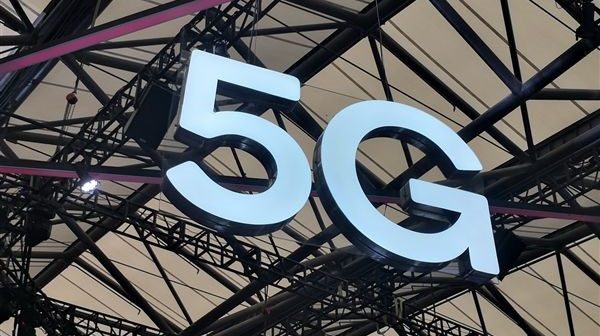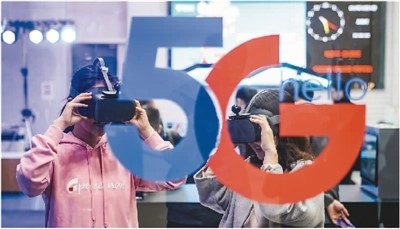By: Zhiwen Yang, Contributing Writer
After 5G wireless technology launched in 2019, the technology industry has had a lot to look forward to in 2020 when it comes to the next generation of wireless communication. 5G is the fifth generation of mobile technology. It is also called the 5th generation mobile network or the 5th generation wireless system, and is the latest generation of cellular mobile communication technology. According to Dr. B. Tim Lowder, Professor of Management at Saint Leo University, “5G technology is the newest Enhanced Mobile Broadband (eMBB). 5G’s greatest advantage is that it supports up to a million devices per square kilometer, whereas 4G supports only 100,000 devices per square kilometer.” Being an expert in organization and management, Dr. Lowder said that “the 5G Enhanced Mobile Broadband technology would continue to evolve in astonishing leaps and bounds. We have only just begun to reach new heights in every type of technology advancement, including 5G.”
It is clear that 5G will stimulate innovation in many industries and provide a platform to develop emerging technologies such as IoT (Internet of Things). The development of 5G and IoT will be an integral part of our economy and lifestyle. 5G implements the basic concepts of IoT through intelligent cloud transmission functions. Smart connectivity is a concept that foresees the combination of 5G, IoT, and artificial intelligence. It can be used as a means to accelerate technological development and realize new digital services. 5G will also bring computer data closer to IoT applications, delivering intelligence in real-time while keeping the data local.
As explained by Dr. Sangjin Hong, Assistant Professor in the Department of Computer Science at Saint Leo University, “5G can communicate between people and people, people and machines, and machines and machines not only by voice but also by internet services connected everywhere. It is also expected to provide further useful and diverse services that especially require high bandwidth, for example, VR (virtual reality), hologram, smart home, smart city, smart plant, and so on forth. [Those can be connected to] all the devices such as electronics, vehicles, tablets, and on forth through the Internet.” The emergence of the 5th generation wireless technology for digital cellular networks (5G) and IoT are changing the mobile network ecosystem. The standard organizations and network companies have been researching the technology, and now the 5G network is developing extensively.
5G performance goals include high data rates, reduced latency, energy savings, reduced costs, increased system capacity, and large-scale device connectivity. Imagine the future 5G universities. As 5G is rolled out on campuses, students, faculty, and universities will connect and become a testbed for innovative 5G solutions. First, they are eager to adopt “new” applications, new solutions, new ways of working, living, and playing. College students will be a solid foundation as the first users eager for 5G demands. Second, the students not only use “new” technology, but they drive massive amounts of data from mobile devices while walking through campus. This gives developers insight into how 5G solutions affect their user base and how interconnected locations bring new possibilities for their platforms. In addition, 5G technology on campus can bring new educational tools to the classroom. This technology can improve the concept of interactive classrooms by using high-performance AR (augmented reality) and VR (virtual reality) technologies. They allow users to view and touch any 3D design. For example, AR technology provides practical examples and adds game elements to support textbook materials. AR helps students better remember what they learned. However, AR education needs 5G high-speed clear transmission and no delays in achieving its goals.
If innovative universities become the first adopters of 5G technology in all-round pilot high-speed data transmission, the promotion and implementation of 5G technology can turn entire colleges into 5G technology platforms for business innovation.
Image 2 – The 5G cloud visual reality experience in the Beijing Chaoyangmen Business Hall of China Telecom.






